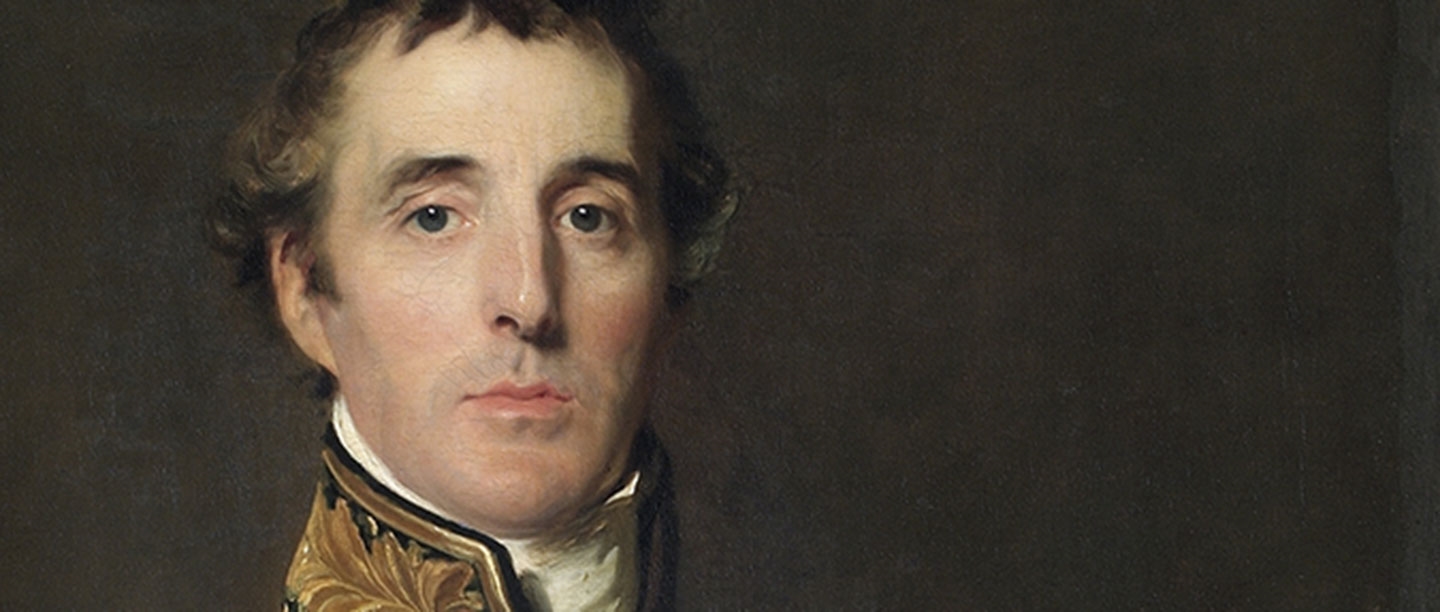The Cinque Ports
The Cinque Ports (pronounced ‘sink ports’) were five major ports on the south-east coast of England: Sandwich, Dover, Hythe, New Romney and Hastings. Before the Norman Conquest, they had formed a powerful trading and defensive alliance, enjoying rights of self-government in return for the Crown’s use of their ships and men each year.
The alliance attracted many other coastal towns in Kent and east Sussex, becoming so powerful as to have their rights written into a royal charter in 1155. In the 13th century, the five ports and the two affiliated ‘ancient towns’ of Rye and Winchelsea sent two MPs each to Parliament, which brought great political influence.
The ports were in decline by the 16th century, but continued to hold privileges and rights until the mid 19th century. Today, the Cinque Ports exist as a ceremonial organisation.
Edward I appointed the first Lord Warden in the 13th century to enable Crown control of the Cinque Ports. The Lord Warden was also Admiral of the Cinque Ports and, from 1267, Constable of Dover Castle. These titles gave Lords Warden responsibility for the defence of Kent and Sussex, influence over the appointment of MPs, and powers in regulating maritime business, including pilots, shipwreck and goods salvage.
Lionel Cranfield Sackville, 1st Duke of Dorset
Lord Warden 1708–13, 1719–65
The Duke of Dorset, whose main residence was Knole, near Sevenoaks, Kent, was one of the key supporters of the Hanoverian succession to the throne of Great Britain in 1714. George I rewarded him with high public offices and court positions. In 1728 he made Walmer Castle his official residence as part of a wider strategy to build influence in Kent.
He benefited from the repair and extension of the former captain’s apartments in the castle, financed by the Board of Ordnance from 1726. The duke took over the rooms in the old Tudor keep, had them modernised and extended them with a new block overlooking the sea.
The duke did not live at Walmer but visited occasionally for both leisure and Cinque Ports business. By 1749 he had also created a kitchen garden and built new stables against its wall.
William Pitt the Younger
Lord Warden 1792–1806
William Pitt was prime minister of the United Kingdom and Ireland for most of his time as Lord Warden. He was a regular visitor and took a keen interest in the castle and Cinque Ports business. For much of his era, Britain was at war with France and Pitt played a key role in building and financing European resistance to France, promoting new defences at home and raising and drilling of militia and volunteer troops to defend the country.
Important people frequently visited and stayed with Pitt at Walmer. Many were soldiers, sailors, and politicians and their wives and families. An inventory taken after Pitt’s death in 1806 reveals that most rooms on the first floor of the keep were bedrooms and that a cottage nearby was acquired and extended to accommodate the large number of guests.
Pitt made a lasting contribution to Walmer in making new pleasure grounds around the castle, framed by extensive woodland plantations, a frame that survives today.
Read more about the history of Walmer’s gardensArthur Wellesley, 1st Duke of Wellington
Lord Warden 1829–52
The Duke of Wellington is remembered as one of Britain’s most famous soldiers. After an early career fighting in India, he led the Allied army that drove the French out of Spain and Portugal and, in 1815, commanded another that achieved the final defeat of Napoleon Bonaparte, at Waterloo in Belgium.
Afterwards he went into politics and was prime minister between 1828 and 1830, and briefly in 1834. He loved Walmer Castle and stayed there in most years from the end of August until mid November. He was often visited by British and foreign politicians, diplomats and soldiers, as well as family, friends and neighbours. Most famously in 1842 he loaned the castle to Queen Victoria and Prince Albert, who spent almost four weeks there at leisure.
The duke died at Walmer in 1852 and you can see the room where he spent his last moments, together with many personal items and Wellington memorabilia. These include a pair of the duke's famous boots.
Granville Leveson-Gower, 2nd Earl Granville
Lord Warden 1865–91
Earl Granville was a politician of the Victorian era, serving in the governments of four prime ministers, including as Secretary of State for Foreign Affairs and as Secretary of State for the Colonies. At home he was prominent on the committee that promoted the Great Exhibition of 1851.
The earl had a great impact on Walmer Castle, making it his country home from 1865. The castle became the main residence for him, his wife and their five children until his death in 1891. Earl Granville made the last major architectural addition to the castle by building an extra storey onto the gatehouse, to provide more space and facilities for the family. It still towers over the castle entrance today.
His time at Walmer also witnessed the revitalisation of the gardens with new tree, shrub and flower planting and the greenhouses in the old kitchen garden. To his efforts we also owe the Broadwalk, and the Holm Oak Avenue along the old route to Walmer village across the meadows.
William Henry Smith
Lord Warden 1891
The name WH Smith & Son is familiar to most people as one of today’s high street shops. William Henry was the son who, with his father, established a nationwide company as sellers of news and books. It grew rapidly from the late 1840s at stations on the rapidly expanding railway network.
The firm was an outstanding success and enabled Smith to enter politics. Between 1877 and 1891 he served as First Lord of the Admiralty, Secretary of State for War and First Lord of the Treasury.
His connection to Walmer Castle was brief, as he died there within two months of appointment, but his legacy is in the Indenture of Heirlooms which he began. Passed as an Act of Parliament in 1892, the indenture ensured that the historic collections at Walmer, including furniture and works of art, gathered by many famous Lord Wardens, would always remain on public view at the castle.
Explore highlights of the Walmer Castle collectionWilliam Lygon, 7th Earl Beauchamp
Lord Warden 1913–34
The 7th Earl Beauchamp was a diplomat and politician, reaching cabinet minister level in 1910 and serving in Liberal governments until 1915. He hosted important war conferences at Walmer with the Prime Minister, HH Asquith, in the first two years of the First World War. He also served as first Commissioner of the Office of Works, a new government department looking after historic monuments.
As Lord Warden he spent most summers at Walmer with his wife and family of seven children, enjoying the grounds and the beach. He made several improvements to the grounds, including making tennis and croquet courts.
The earl moved in high society and hosted fashionable parties in the castle at Walmer. His inclination for gay relationships, which were illegal at the time, attracted gossip. In 1931 he was outed by his brother-in-law, the Duke of Westminster, and had to leave the country.
Read more about the downfall of William LygonElizabeth Bowes-Lyon, Queen Elizabeth the Queen Mother
Lord Warden 1978–2002
The Queen Mother, the only woman to hold the office, is among the most famous Lords Warden. Elizabeth Bowes-Lyon married Albert, the second son of George V, in 1923. She unexpectedly became queen following the abdication of Edward VIII in 1936. Albert took the title George VI.
During the Second World War, the king and queen became immensely popular, symbolising opposition to the forces of fascism that brought war across the world. After George VI’s premature death in 1952, she fulfilled a role as the matriarch of the Royal Family until her death at the age of 101. Her commitment to public duties and her popularity never faltered.
The Queen Mother loved Walmer and came to stay for a short holiday in July of most years, often with one or more of the royal corgis. In 1997, Pitt’s walled garden was re-made to mark her 95th birthday, and now forms the tranquil Queen Mother’s Garden.
Read More
-
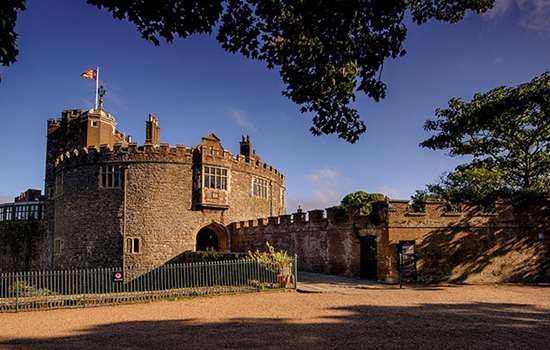
History of Walmer Castle
Read the full history of Walmer Castle, from its days as a Tudor fort, defending the coast from invasion, to its transformation into the elegant residence we see today.
-
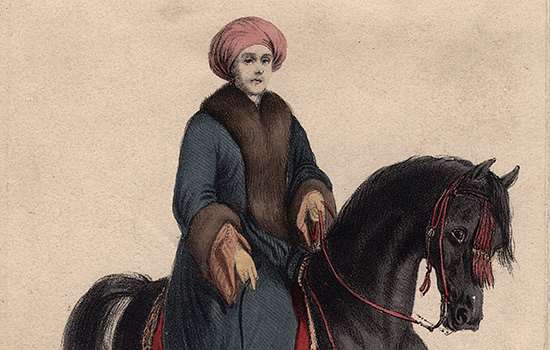
Lady Hester Stanhope
For a brief period the independent and charismatic Hester Stanhope was at the heart of British politics, living with her uncle, William Pitt the Younger, at Walmer Castle.
-
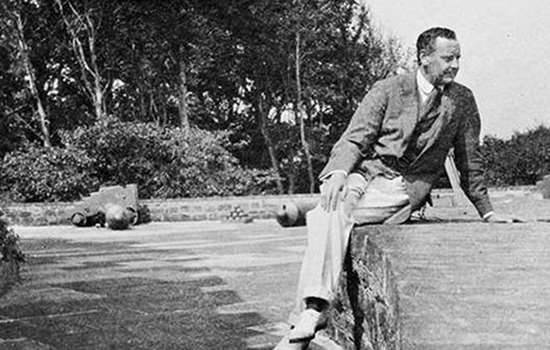
The Downfall of Lord Beauchamp
Public exposure of Lord Beauchamp’s sexuality led to a dramatic fall from grace in the 1930s. Read more about the man whose misfortunes inspired Evelyn Waugh’s Brideshead Revisited.
-
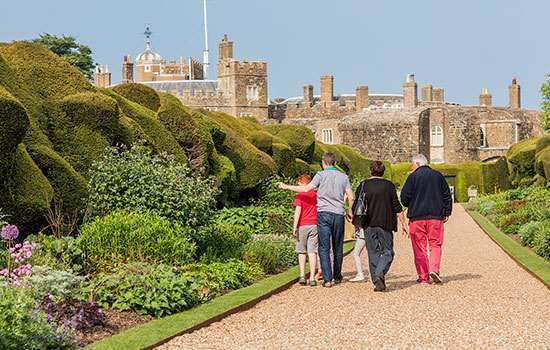
Plan your visit
Explore the elegant residence that was once a Tudor fort, with its majestic sea views and eight acres of magnificent gardens and woodland.
